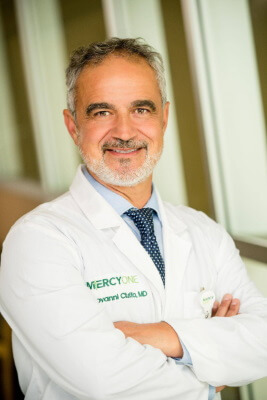Although some have described cardiac surgery as a dying specialty, that couldn’t be farther from the truth. Cardiac surgery today is seeing astronomical growth with innovations in minimally invasive procedures. Therefore, cardiac surgery is not sliding into obsolescence; it’s simply becoming safer and less invasive.
One area of cardiac surgery – coronary artery bypass – has seen significant growth in the past decade. From minimally invasive procedures to hybrid revascularization, coronary bypass surgery is becoming increasingly safer and more effective. It is also becoming far less painful and time-consuming than open-heart coronary artery bypass graft surgery (CABG).
A Bit of History
In the 1950s, the advent of cardiopulmonary bypass was revolutionary for the field of cardiac surgery. The first successful open heart surgery utilizing a heart-lung machine was performed in 1953. The heart-lung machine – also known as a “pump” – allows for the heart to be stopped during surgery, as it circulates and oxygenates blood for the surgeon to work on a still heart that is empty of blood.
However, what seemed to be an unending supply of patients contributed to what may have been innovative complacency. In due time, this self-assurance was shattered by the advent of percutaneous coronary intervention (non-surgical procedures that improve cardiac blood flow).
These procedures were able to provide the same effects as CABG and greatly reduced the volume of coronary artery bypass surgeries. It also resulted in a decline in trainees in the field. These advances have been largely consumer-driven by a society that’s always on the go, so less invasive procedures mean faster recovery times.

adult patient having doctor consulting and diagnostic examining
Coronary Bypass Surgery Today
While the development of the heart-lung machine was invaluable in the advancement of cardiac surgery, today cardiac surgeons are able to perform what are known as “off-pump” procedures. During these procedures, the heart doesn’t need to be stopped. These percutaneous procedures were developed in the 1990s and include robotic procedures and keyhole surgery.
However, today’s shining star in coronary bypass advancement is hybrid coronary revascularization (HCR). This procedure combines percutaneous coronary intervention and CABG and produced comparable 5-year outcomes as CABG alone, according to a study published in JACC: Cardiovascular Interventions.
Rather than being a dying breed, cardiac surgery could be described as being in its adolescence and adapting well in the evolution of modern medicine. Today’s technological advancements have minimized the invasiveness of procedures and will continue to do so in the future. Cardiac patients are growing older on average and, although this is a benefit of modern medicine, it also means that patients will experience the need for progressively more complex surgical intervention. These challenges will continue to be an impetus for expansion of minimally invasive techniques.
Would you like more information about minimally invasive cardiac procedures for you or a loved one? Please contact MIBHS and Dr. Ciuffo Heart Surgery today to find out how we can help.

